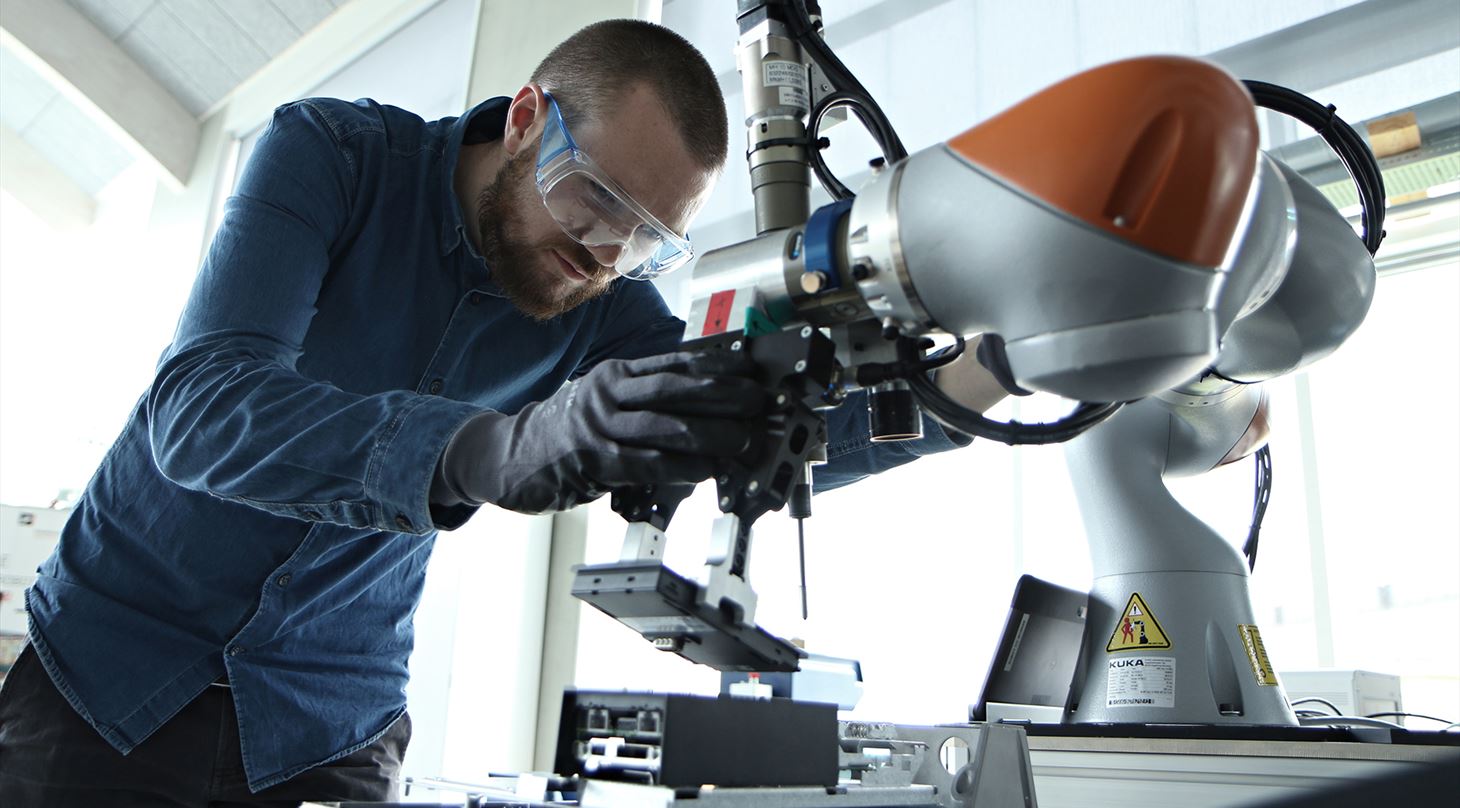It is safe to say that collaborative robots have become fully integrated into most industries. While industrial robots are still very necessary for myriads of tasks, the cobot has taken root and the demand continues to grow.
It is no longer shocking to walk into a workstation to find humans and machines working collaboratively side by side. Cobots have become synonymous with tireless precision even when the tasks been performed are mundane and repetitive.
The Cobot of the Future
This is what the future collaborative robot is likely to offer the business world:
- They will become increasingly affordable and many industries will be able to invest in multiple cobots.
- They will interact even better with humans making them safer to work with.
- They are meant to assist humans not to replace them. Therefore, the fear that they will cause unemployment is unfounded.
In tasks like the final assembly of cars, judgment and decision-making are necessary, but a range of repetitive, predictable tasks remain, opening space for cobots to work alongside human beings. In short, despite their popularity, cobots have only begun to populate the world of work.
Demand for Collaborative Robots
Almost every industry from small to large corporations have the recognized the benefits that cobots such as the ones Universal Robots provides bring to the business world. Thus, the demand for cobots has not only increased drastically in recent years but it is also expected to go higher.
Financial experts estimate that by 2020 the collaborative robot market will be worth over $3 billion. Given the choice between cobots and the ever-rising labor costs, many businesses will naturally opt for the bots. They will not only save on labor costs, but also increase production and improve product quality.
In addition, collaborative robots are programmed to perform multiple tasks. Again, this does not make them a threat to human labor. Cobots mostly take over tasks that humans find boring such as repetitive tasks.
These tasks usually dangerous for humans since the constant repetitive use of muscle can be harmful. Additional tasks that cobots take over include:
- Lifting heavy objects
- Accessing difficult to reach places
- Working in conditions that would be dangerous for humans such as extremely hot or cold ones
Cobots therefore make work less taxing, more interesting and ultimately easier.
Enhancing Safety with Cobots in the Workplace
Collaborative robots must be made safe in order to share the workplace with humans. It would not do to have machines endangering the lives of their human colleagues. Manufacturers of cobots such as Universal Robots take this into consideration as they work to enhance safety features on their cobots to make them even efficient.
Cobots are taught or programmed to recognize human actions and to get out of the way if they sense human presence. In addition, they are programmed to limit force and avoid actions that may endanger the humans that work alongside them. This will ensure that the shared workspace is conducive for human/machine interaction.
Cobots are also expected to predict human behavior which will go a long way in ensuring that the workplace is as natural as possible. Human workers would find it frustrating spending many hours at work being overly careful with their mechanical workmates.
The Future is Human for the Cobot
This simply means that the cobot of tomorrow will have more humans’ qualities at least with regard to movement. They are also expected to be smarter and interaction with human workers will be more natural.
Conclusion
Collaborative robots are expected to be more adaptive to their environment and to have a working relationship with their human counterparts. With the dynamic technology which is constantly developing, it will hardly surprise anyone if the future cobot appears to be almost human in appearance and behavior.
What matters to the experts and industry players s to have machines that continue impacting positively the business world and to improve the quality of human life.


